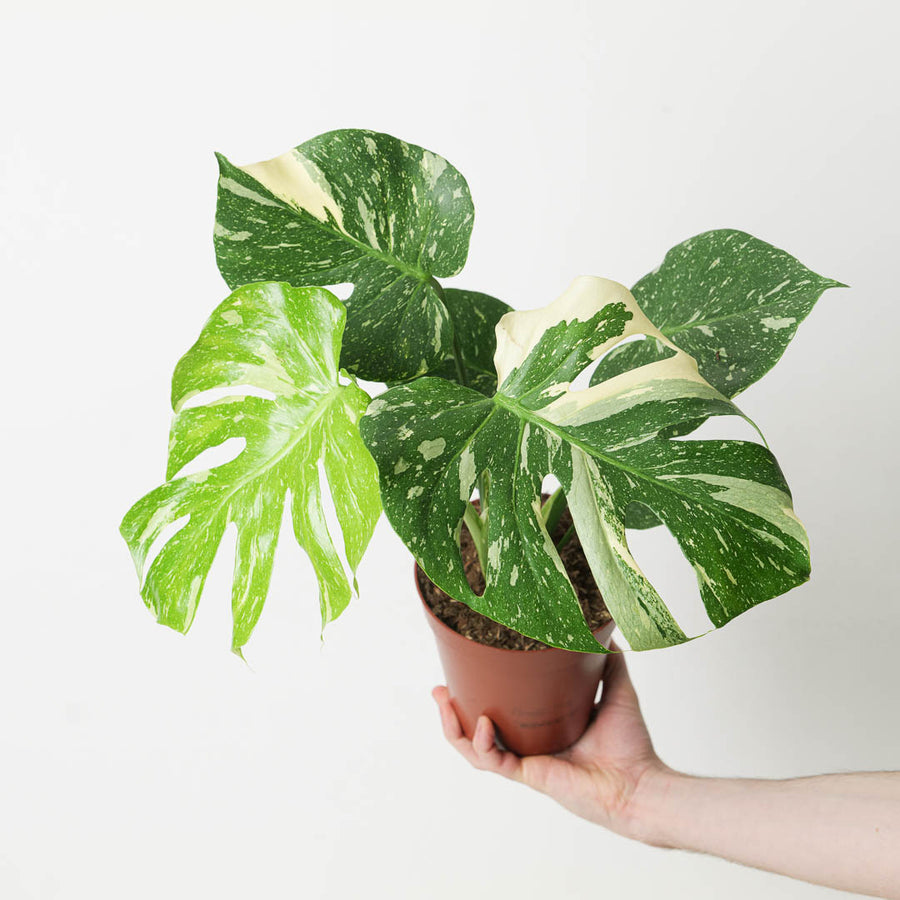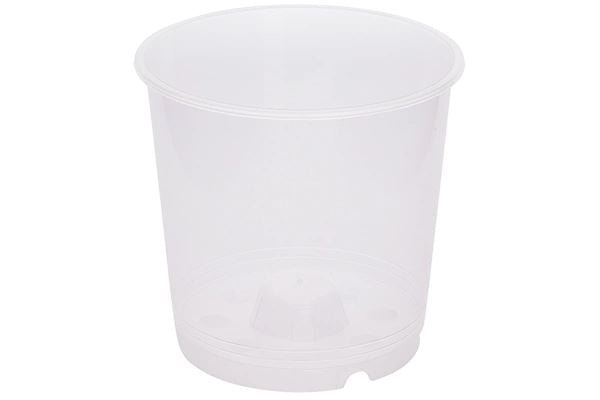Maranta
Maranta plants, commonly known as prayer plants, are beloved houseplants recognised for their striking foliage and unique movement. At night, their leaves fold upward, resembling hands in prayer, a phenomenon known as nyctinasty.
Native to the tropical forests of Brazil, these plants belong to the Marantaceae family and thrive in warm, humid conditions. With the right care, a Maranta can be a long-lasting and vibrant addition to your indoor plant collection.
In this guide, we will cover the optimal lighting, watering, repotting and doil needs for Marantas, as well as go over a few common issues plant parents might experience.
What lighting is best for my Maranta?
Marantas thrive in bright, indirect light. In their natural habitat, they grow under the forest canopy, receiving dappled sunlight. Direct sunlight can scorch their leaves, causing browning and fading of their vibrant colours. If your home has low light, Marantas can adapt, but they may grow more slowly. A north- or east-facing window is ideal, or you can place them a few feet away from a bright, south-facing window. Using sheer curtains can help diffuse intense sunlight.
How often should I water my Maranta?
Prayer plants prefer consistently moist soil, but they do not tolerate sitting in water. To maintain the right balance:
-
Water when the top 1-2 inches of soil feels dry.
-
Use filtered, distilled, or rainwater, as tap water with chlorine and fluoride can cause leaf tips to brown. Dechlorinators can also do the trick.
-
Reduce watering slightly in winter when the plant’s growth slows.
-
Ensure proper drainage by using pots with holes at the bottom.
What humidity does Maranta need?
Marantas flourish in high humidity levels of 50% or more. Since indoor environments can be dry, especially in winter consider ways to maintain humidity indoors. We highly recommend avoiding misters as these can cause fungal issues to the delicate leaves.
Temperature-wise, Marantas prefer a range of 18-27°C. Avoid exposing them to cold drafts, sudden temperature changes, or air conditioning vents, as they are sensitive to extreme fluctuations.
Repotting Maranta
Selecting the right potting mix is important for the health of your Maranta. A well-draining, aerated mix is ideal. We recommend using a general houseplant mix, which provides the right balance of moisture retention and drainage to support healthy root growth. The mix should contain ingredients like peat, perlite, and pine bark to prevent waterlogging while keeping the roots hydrated.

Fertilising Maranta
Marantas benefit from regular feeding during their active growing season (spring and summer). Use a balanced liquid fertiliser (such as 10-10-10 or 20-20-20) diluted to half strength every 4 weeks. Avoid over-fertilising, as excessive nutrients can lead to leaf burn and mineral buildup in the soil. In Autumn and winter, reduce feeding as growth slows.
How to propagate Maranta
Propagating a Maranta is simple and rewarding. The best method is stem cuttings:
-
Select a healthy stem with at least one or two nodes.
-
Cut just below a node using clean, sharp scissors.
-
Place the cutting in a glass of filtered water, ensuring the node is submerged.
-
Keep it in a warm, bright spot and change the water every few days.
-
After 2-4 weeks, roots should appear. Once they are about an inch long, transfer the cutting to a small pot with fresh soil.
Alternatively, Marantas can be propagated through division during repotting by carefully separating the root ball into sections and replanting them individually.
Common Maranta Issues
|
Problem |
Cause |
Solution |
|
Yellow Leaves |
Overwatering or poor drainage |
Allow the soil to dry slightly before watering again and check drainage holes |
|
Brown Leaf Tips |
Low humidity or tap water chemicals |
Increase humidity and switch to filtered or distilled water |
|
Leaf Curling |
Under watering or exposure to cold drafts |
Water consistently and keep in a warm location |
|
Drooping Leaves |
Inconsistent watering or temperature stress |
Ensure even watering and stable temperature |
|
Faded or Dull Colors |
Too much direct sunlight |
Move to a shadier spot with indirect light |
Caring for a Maranta requires attention to its moisture, humidity, and light needs, but the reward is a stunning, dynamic houseplant that adds beauty to any space. By mimicking its natural rainforest environment and addressing common issues promptly, your prayer plant will remain vibrant and healthy for years to come.
Whether you're a beginner or a seasoned plant enthusiast, the Maranta is a captivating addition to any indoor jungle.
Shop our full Maranta range here →






